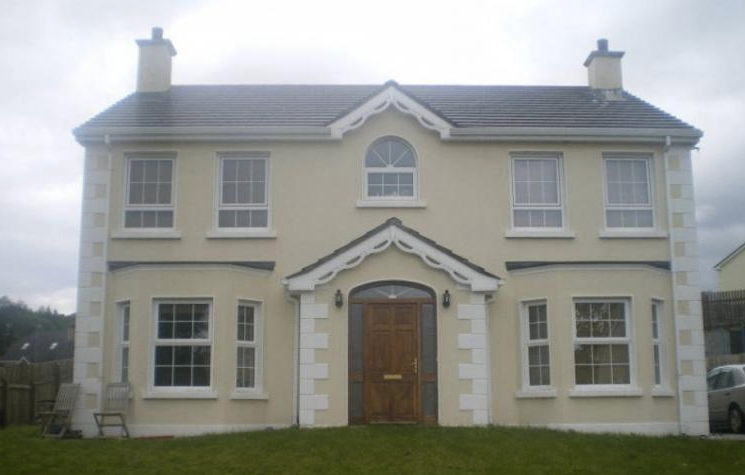When people are looking to invest in real estate they often travel the road most taken. Toronto investors will sink their money in single family houses, both attached, semi/detached and condos. Too often they don’t even consider a great real estate revenue stream sitting right in front of them, duplexes and triplexes. Duplexes and Triplexes have been popular forms of housing in the greater Toronto area (GTA) as well as North America for tens of decades, yet they are often overlooked by new investors.

Investing Is Challenging
Investing in a duplex or triplex can be considerably more challenging than purchasing and managing a condo, but it is not much more difficult than investing in a single family home. Quite simply, a duplex are two units under one roof and triplexes are three units under one roof. The challenge becomes not in the exterior maintenance so much as managing multiple tenants at one time. However, juggling multiple renters also means multiple rent checks and that’s something every investor wants!
How To Do It Correctly
So how does an investor break into this type of housing investment? First, you want to work with a knowledgeable realtor who specializes or understands this type of market. You will want to invest in an area where this type of housing is common and desirable. Renters attracted to duplexes or triplexes are typically looking for the feel of a single family home with the price tag of an apartment. They may want a lawn for their kids or dog to play on or a driveway to park their car in. This means finding a property that fulfills most of what renters are looking for.
More Information
Assuming you find a great multi-unit property and take the plunge and purchase it, now what? Well, now is where it could get a bit sticky. Let’s assume we are dealing with a duplex and we have two units to rent. A proper assessment of square footage and amenities will help you to price out the rental fee for each unit, unless they are identical. You need to see if there are separate meters for heat, air, gas, hydro and cable and determine whether you want to include these items in the rental rate or have each renter pay their own. If you do not have separate meters for some utilities you will need to contact the utility companies and review the bills for the past two years, average them and divide the cost to each renter by the amount of square footage per unit. In addition, you will need to set aside maintenance costs, both interior and exterior. Unlike a condo, you will have lawn maintenance, gutters, snow removal, roof repairs, painting, and general repair costs. Again, these can be pro-rated by unit or viewed as one budget for upkeep of the entire home.
Chris Allen, Toronto’s Real Estate Authority is the award winning author of The Book on Toronto Real Estate. For more information about Allen and his practice please visit. www.AllenEstates.ca

